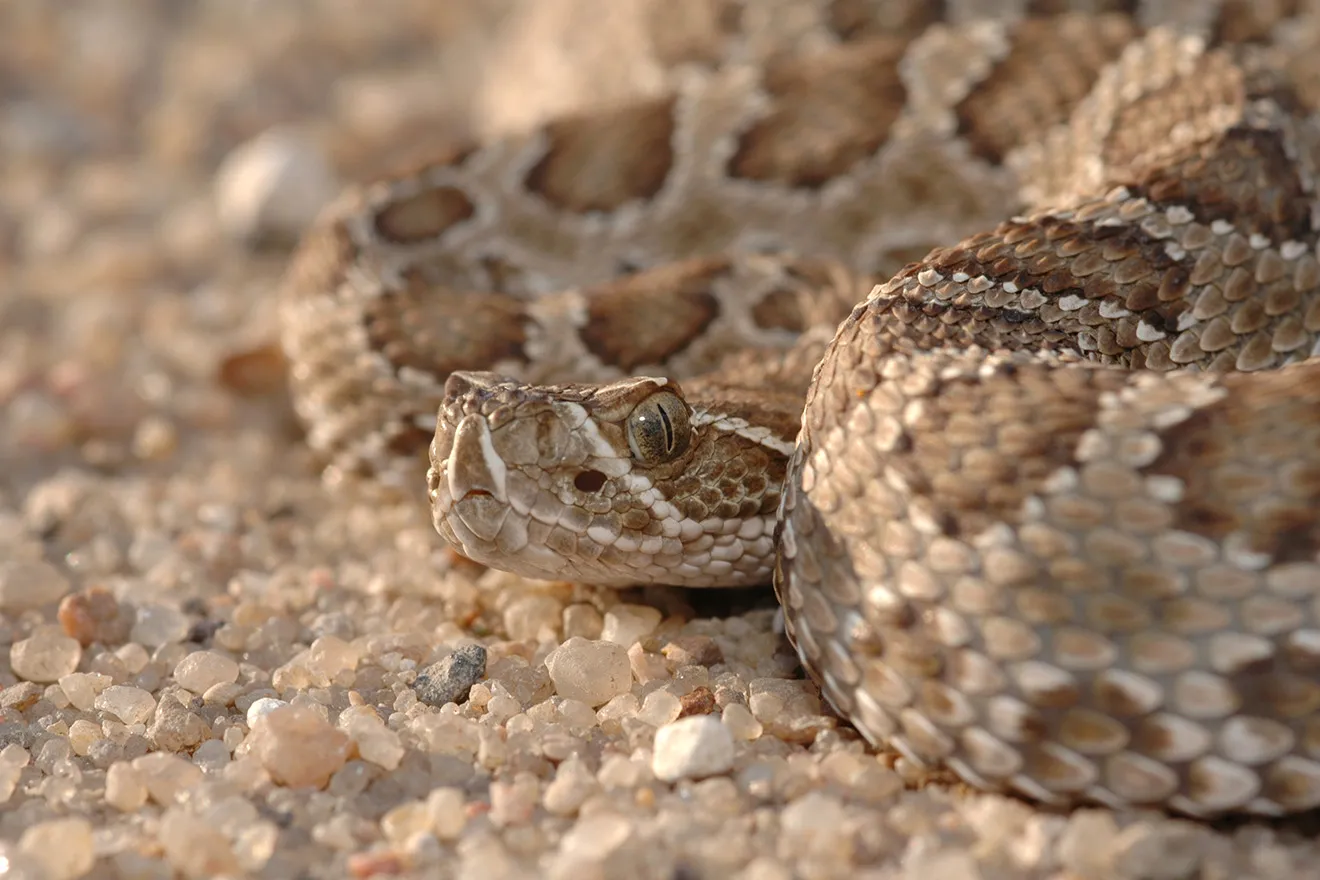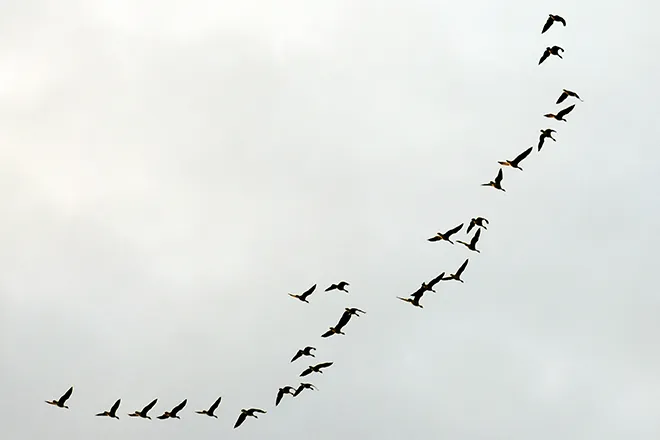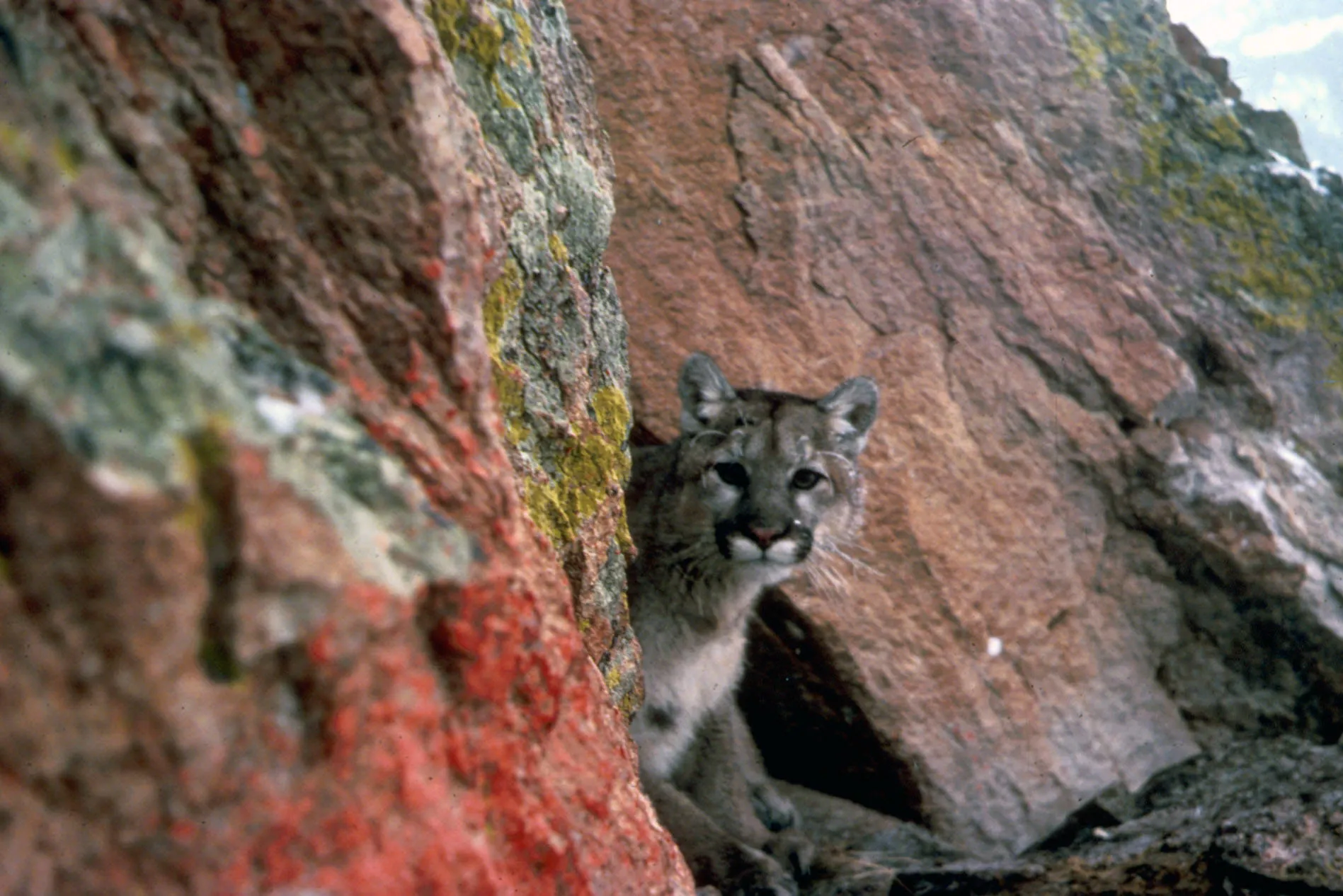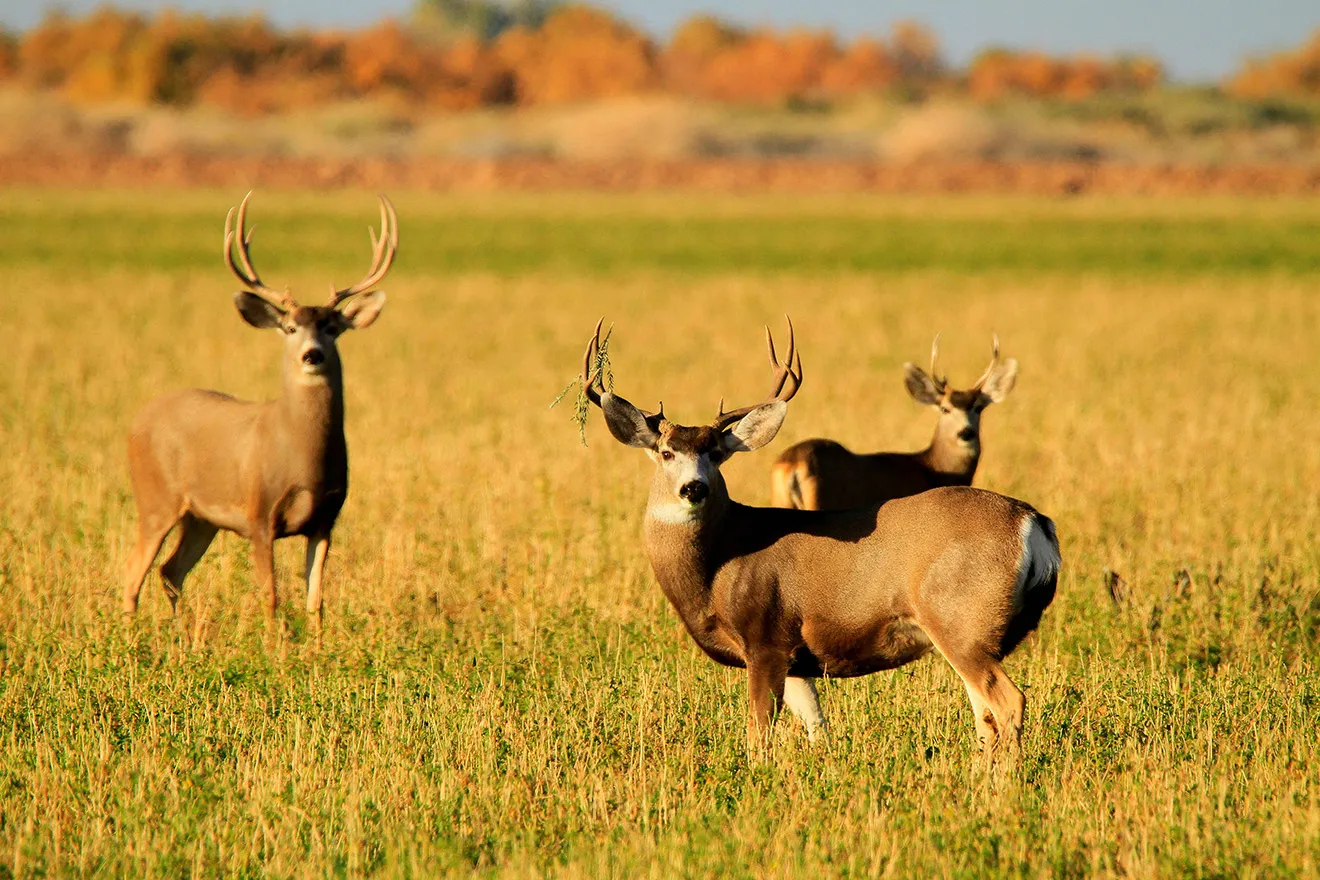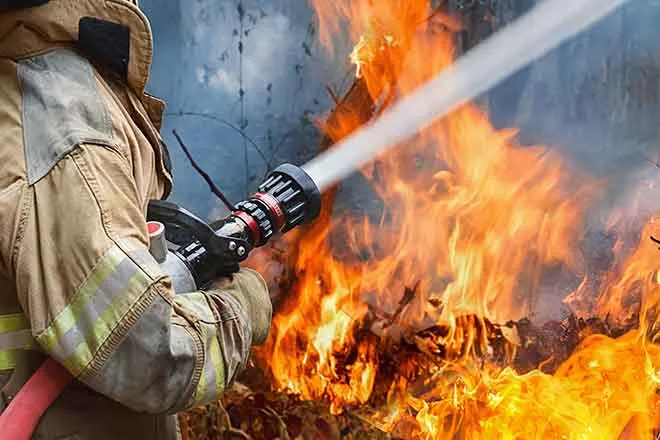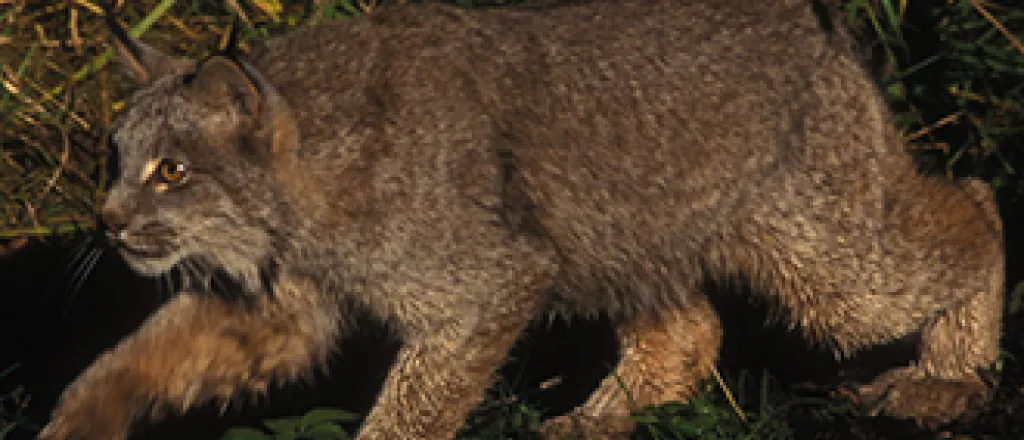
Lynx died of natural causes
A lynx that was found dead on a ski slope January 8 at the Purgatory Ski Resort died of natural causes, Colorado Parks and Wildlife announced Wednesday. The lynx was seen by dozens of people at the ski area and a video of the cat was viewed on social media nearly 1 million times.
A necropsy of the 11-year-old male found a tumor in the animal’s throat that prevented it from eating. Although not common, tumors are found in wildlife.
While the news was greeted with regret by many people, this lynx is symbolic of the success of CPW’s reintroduction program.
“The cat lived a long life in the wild and spent it’s time in some of Colorado’s most incredible backcountry,” said Scott Wait, senior terrestrial biologist for CPW’s southwest region. Wait was involved with the reintroduction from the start and continues to work on long-term monitoring efforts.
Lynx from Canada and Alaska were transplanted to Colorado starting in 1999. Most were released near the Weminuche Wilderness in southwest Colorado. The area was chosen because it contains few roads compared with other areas in the state. All the cats that were released were fitted with radio collars and tracked by researchers. This allowed CPW to monitor them, watch for mortalities, find their dens and locate newborn kittens. A microchip was implanted into all the kittens ‒ the same type pet veterinarians use ‒ so that researchers could identify the animals later if they were found.
To the delight of biologists, a chip was found in this lynx and it revealed the cat was born in the Bear Creek area near Telluride in 2005. The cat’s mother was one of the original lynx released in the reintroduction program. A record number of lynx dens, 16, were found that year by CPW biologists.
In 2009, the cat was captured as part of a research effort and fitted with a GPS collar which revealed that it was living in the remote area between Telluride, Rico and the Purgatory ski area. The collar eventually fell off the animal.
“The lynx lived in what is the best type of habitat for its species, high elevation and thick spruce-fir forest. This shows that much of Colorado’s high country is suitable lynx habitat,” Wait said.
A long-term monitoring project in southwest Colorado that uses snow-tracking and remote cameras has shown that lynx are occupying ideal habitat and are doing well in the wild. Frequent lynx sightings in many mountain areas also provide anecdotal evidence that cats are now part of the Colorado landscape. Because the cats are elusive and live in remote areas, CPW cannot accurately estimate the population of the large felines.
Even though the lynx was in its last days when it was seen on the ski slopes, the sightings provided a rare opportunity for people to see a large cat in the wild, said Patt Dorsey, CPW’s southwest regional manager.
“We talk a lot about the importance of wildlife, but when we get to see extraordinary animals in the wild, it gives us a much greater appreciation of their beauty and of the importance of conserving the natural world,” Dorsey said.
To read more about lynx, go to the CPW web site at: http://cpw.state.co.us.



